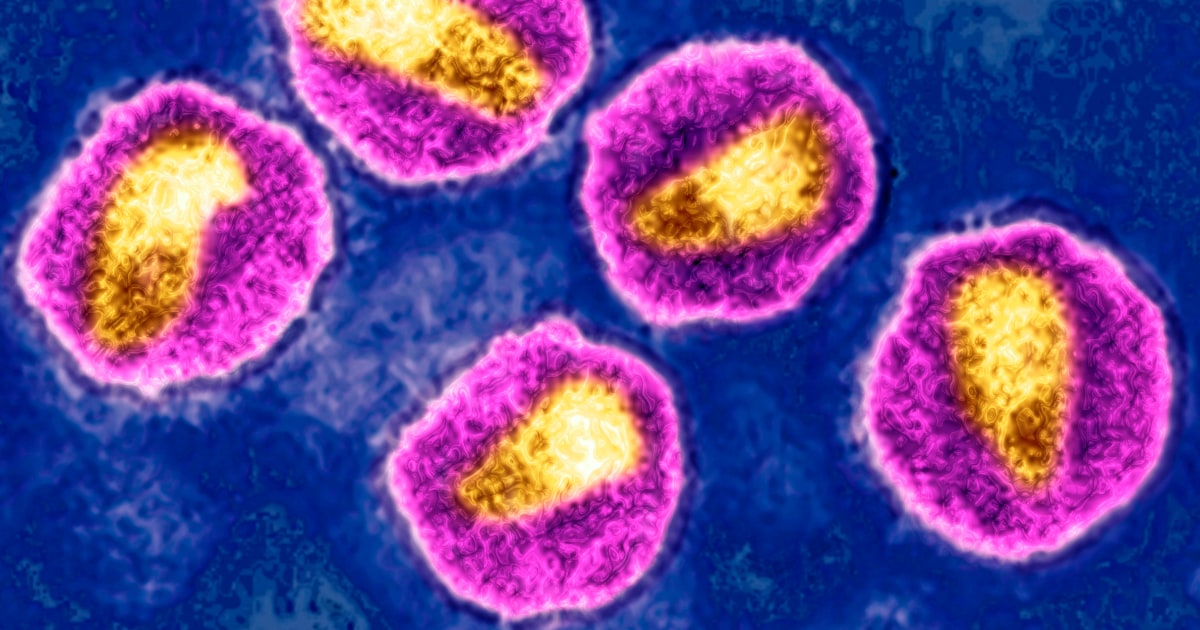Key takeaways:
- The rate of new HIV infections in the US has declined by 12% between 2017 and 2021.
- HIV testing dropped sharply in 2020 due to the COVID-19 pandemic.
- The CDC report is a positive sign that the US is making progress in reducing the rate of new HIV infections, but there is still much work to be done.
The Centers for Disease Control and Prevention (CDC) released a new report on Tuesday, showing that the rate of new HIV infections in the United States has continued to slow in 2021. The report estimates that new HIV transmissions declined by 12% nationally between 2017 and 2021, from 36,500 to 32,100 cases.
The CDC report also found that HIV testing dropped sharply in 2020 amid the first year of the COVID-19 pandemic. Despite this, the rate of new HIV infections in the US is still improving.
By comparison, the annual infection rate has dropped significantly in other wealthy Western nations. According to estimates by the Joint United Nations Programme on HIV/AIDS, between 2015 and 2021, the annual infection rate has plunged by more than 70% in the Netherlands, 68% in Italy and 44% in Australia.
Experts attribute the success of these countries to their efforts to promptly diagnose and treat the virus, as well as the promotion of the HIV prevention pill, PrEP.
The CDC report is a positive sign that the US is making progress in reducing the rate of new HIV infections. However, the CDC also noted that there is still much work to be done to ensure that all Americans have access to HIV testing, treatment, and prevention.



Be First to Comment